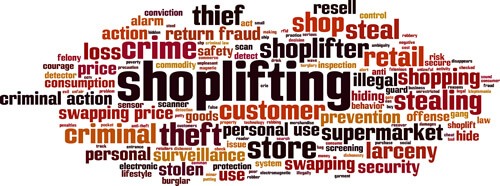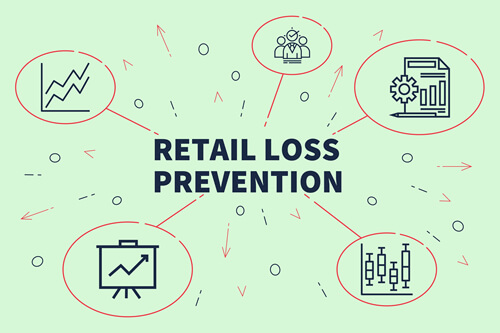Adopting Total Retail Loss for Loss Prevention
The Role of Total Retail Loss in Loss Prevention and Asset Protection
The Total Retail Loss Report by Professor Adrian Beck, provides the retail industry with a more effective understanding of retail loss. The report begins by laying out why the traditionally used term, “shrinkage” is too narrow. It then develops a more in-depth concept, called “Total Retail Loss.” The study is based on interviews with 100 senior retail leaders from some of the largest retailers in the US (report can be found here).
This blog post will discuss the findings of this report and highlight areas of the Total Retail Loss model which are impacted by Cloud by Ocucon.
Why The Retail Loss Report
A goal of Beck’s study is to develop a new definition of retail loss that is appropriate for the 21st Century retailing environment.
The report provides an in-depth study of the associated costs and losses of being a retailer. The report suggests that through adapting the Total Retail Loss model, retailers will be able to:
- Better understand the impact of current and future retail risks
- Make better informed decisions about the utilisation and allocation of increasingly scarce resources
- Loss prevention professionals are provided insight into how they can become “agents of change” within their role
Defining Loss vs Costs in the Total Retail Loss Context for Loss Prevention
An example of a potential loss for a retailer is workers’ compensation. The employer covers the medical, legal, and other costs associated with an accident at work. Such an event impacts negatively on a retailer’s overall profitability. Beck emphasises that where there’s a clear link between an activity and the generation of retail income, then it should be classified as a cost. An event is classified as a loss when there is no link between such activities.
Categorising Total Retail Loss for Loss Prevention
Beck advises to draw a distinction between the types of loss that can be measured, and measured in a way that is manageable for the business, and those types of losses that cannot be manageably measured.
Businesses should determine whether types of loss meet Beck’s “3 M’s test” (is it Manageable, Measurable and Meaningful?).
Beck’s Total Retail Loss Model begins by identifying the two types of losses incurred by retailers- the known and the unknown. Beck then classifies Known Losses as either malicious or non malicious.
Malicious known losses are those that are carried out with the intention of depriving an organisation of goods, services, cash, and ultimately profit. Non malicious known losses occur within and between organisations that cause loss unintentionally. It is important to know if a loss was intentional or unintentional in order to address such losses and ultimately find a solution.
The Four Centres of Loss in Retail

Store: Losses that occur in the physical buildings owned or rented by a retailer where customers purchase goods. Also, E-commerce activities may be take place here for instance shipping of inventory, customer pickups and product returns.
Retail Supply Chain: Losses that occur across the entire supply chain process (manufacture, transportation and storage)
E-Commerce: Losses related to the provision of goods and services provided through the retailer’s e-commerce, internet based store.
Corporate: Losses which are related to the broader activities of the business.
The Total Retail Loss Model for Loss Prevention

The Typology is designed to enable the ‘value’ of retail losses to be calculated and not necessarily the number of events / the Typology is recording the value of retail losses and not their prevalence. Click here to view the Typology.
The Evolving Role of Loss Prevention
Beck’s Total Retail Loss report concludes with recommendations for loss prevention professionals.
After identifying all forms of loss, Beck advises the business to review how their resources are currently being allocated and whether they might allocate their resources differently.
The overall goal, according to Beck, is for your business to achieve a level of loss that optimises the profitability of your business. Loss prevention professionals could seize the opportunity to take on new challenges that more effectively use their established skill set.
Beck sees the future of loss prevention teams as “drivers of a Total Retail Loss Group.” This would involve mobilising data on losses across the business, using problem solving skills to aid the business in selling more by more effectively managing losses, and coaching and mentoring other retail functions on effective Total Retail Loss tactics. It is in this way that Beck predicts loss prevention professionals can remain a crucial, responsive, and highly valued function in today’s dynamic retail environment.
By taking a ‘big’ picture view of loss across the entire retail environment, Adrian Beck’s Total Retail Loss model offers a useful tool for loss prevention teams to better understand how loss impacts profitability and how resources might be more effectively allocated.
In the retail environment, Cloud by Ocucon can help your loss prevention programme tackle losses in the Store and Corporate environment. Get in touch today to learn more about our solutions.


